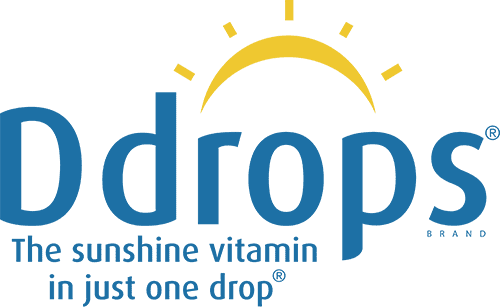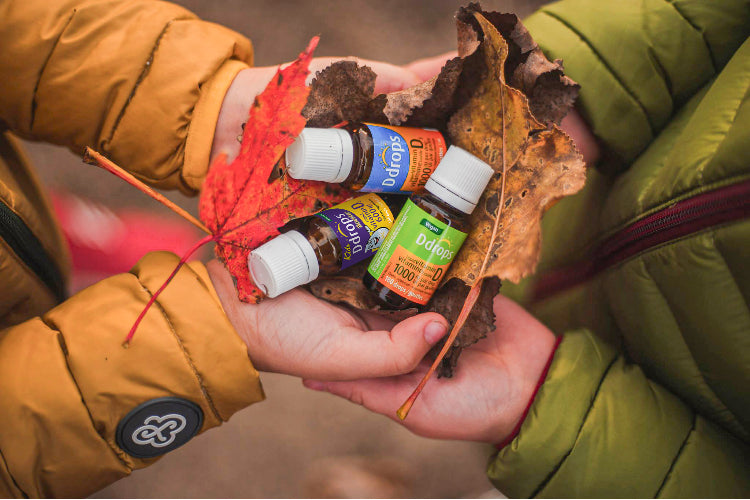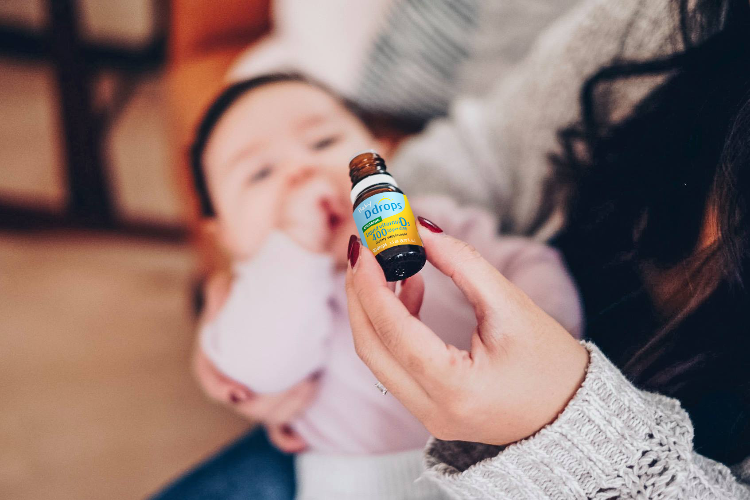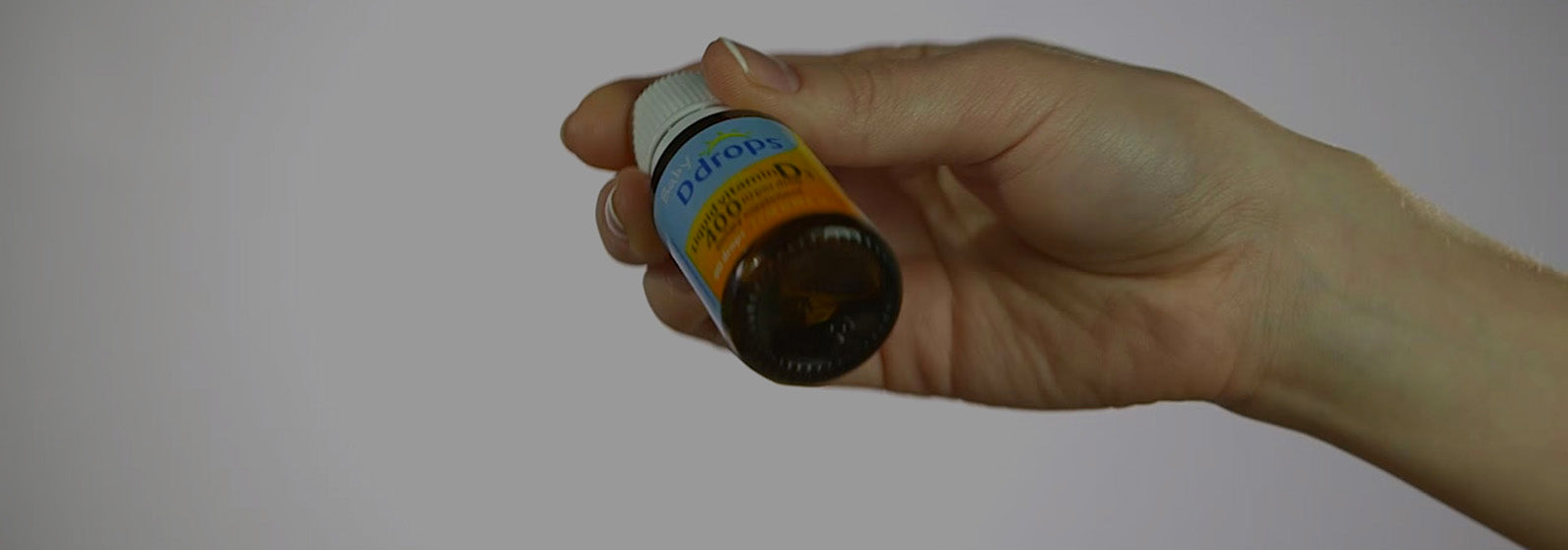January 24, 2020
There are two main ways our body can absorb vitamin D: from the sun and from our diets. Getting enough from either of these can be difficult, so a supplement is commonly advised.
The Sun
Spending time out in the sun is a great way to get your daily fix of vitamin D. In order for our body to use vitamin D from the sun, a few processes have to take place. First, the sun’s rays hit our skin and expose us to the UV-B rays. After the sun’s rays hit our skin, a few chemical reactions occur in the liver to create the usable form of vitamin D.
Vitamin D from the sun is the best way to attain your vitamin D, but there are a couple of points that can affect your vitamin D absorption.
Time of day and year
The sun’s rays are strongest between 10 am and 2 pm. Sunshine is also more powerful in summer vs wintertime.
The colour of your skin
Individuals with darker skin need to spend more time in the sun to absorb the same amount of vitamin D as someone with lighter skin. This is due to melanin that is in our skin1. Melanin gives our skin it’s colour. When we have more melanin, our skin is darker. This blocks more UV-B rays, therefore blocking the absorption of vitamin D.
Your geographic location
Those who live farther from the equator, the more of an angle the sun’s rays will hit the earth, and the less UV-B rays there will be to reach you, especially during the winter months.
Your lifestyle
Do you spend the majority of your time inside working or studying? Do you work shift work and need to sleep during the day? If this is the case, you may need to consider a vitamin D supplement. However, if you work outdoors, you likely have the opportunity to absorb vitamin D through your sun exposure.
How much skin you expose to the sun
When we expose our skin to the UV-B rays during a day at the beach in a swimsuit, at the end of the day, the amount of vitamin D absorbed is equivalent to 10,000- 25,000 IU2. So, the more skin you expose, the more vitamin D you can absorb.
Whether you’re wearing sunscreen
Sunscreen can block up to 98 per cent of UV-B rays. [1]
Your age
Older adults may have a more difficult time producing vitamin D from sun exposure. [2]
Air pollution
Pollution in the air can block some UV-B rays.
Diet
There are a few foods that contain vitamin D. You can receive natural vitamin D from fish, mushrooms, and fortified vitamin D from milk products, juices, and some cereals. Though these foods contain vitamin D, it is not enough to meet your recommended daily value. For example, you would have to eat 6oz of raw portabella mushroom or 7oz of salmon every day.
That being said, there are lots of fun ways that you can incorporate vitamin D filled foods into your diet! In the winter when you might be absorbing less vitamin D, you can try out some vitamin D winter recipes to help reach your daily intake.
Supplements
Vitamin D supplements can also help to increase the absorption and status of vitamin D, since it is difficult to receive enough from the sun and our diet. A supplement in a liquid form, such as Ddrops, is easier for our body to absorb than a gel or capsule form. Supplements provide vitamin D in the form of vitamin D2 or D3. It is processed the same way as our skin, going to the liver, then the kidneys.
Keep in mind that vitamin D is a fat-soluble vitamin and may be absorbed better when accompanied by food contain fat or oils.
This article was reviewed and updated in October 2019







Để lại một bình luận
Trang web này được bảo vệ bằng reCAPTCHA. Ngoài ra, cũng áp dụng Chính sách quyền riêng tư và Điều khoản dịch vụ của Google.